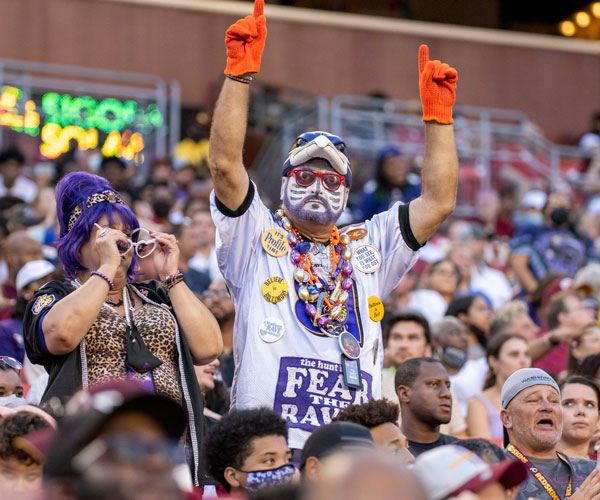WHAT WE SAID THEN
Greater Cleveland has the capability of doing certain things. Cleveland itself does not. That’s rebuilding Cleveland. ... By getting the county into a bundle or even a large part of it into a bundle, they’ll have more abilities on the scene to help change Cleveland back to what it once was. ... But Cleveland has to be changed by Cleveland’s leadership in Cleveland.
— John Petruska, mayor of Parma, Jan.1974
WHAT WE’RE SAYING NOW
Without change, Cleveland will continue to decline, no doubt maintaining its shameful position as the poorest city in the nation. The suburbs will experience a loss in property values and higher taxes. ... We need to escape the maze of neighborhoods and suburbs that have shielded us from reality all these many years. Instead we should follow the lead of Columbus, Indianapolis, Louisville and other cities and take a more metropolitan view of ourselves.
— Michael D. Roberts, May 2007
WHY WE’RE STILL TALKING ABOUT IT
“It didn’t take hold because of the politics. This area is so backward politically. Everybody likes to celebrate the ethnic quality of the town, but this is the downside. The town never became a town. It became a group of neighborhoods and a group of suburbs. Nobody ever asked how we could have a great town, but instead how can we serve ourselves. It will eventually come together but it will be painful, and it will be forced. It will not be intellectual achievement. I don’t think this will happen in my lifetime.”
— Michael D. Roberts
Downtown
WHAT WE SAID THEN
You need a core, a place where people rub against each other, where real excitement happens, where you can have bars and museums next to each other, where you can have the kind of activity that you wouldn’t have out in a middle-class white neighborhood, where you can get diversity, where you can get excitement. And that’s not in the suburbs. The only place where you can get all of these things is down in the city.
— Lawrence Halprin, urban planner, Feb.1975
WHAT WE’RE SAYING NOW
In a bizarre blending of the urban and suburban, Crocker Park developer Robert Stark is looking at downtown Cleveland for his next project. Bear with me on this: This suburban model, which replicates an old urban model, will now get an urban twist and be placed back in an urban setting. Joe Mazzola, director of development at Stark Enterprises, says the plan is to acquire land in the already-thriving Warehouse District — parking lots, for instance — and redevelop it with retail, office space and residences. He says the idea is to create ‘street scenes’ like those already in Cleveland: Market Avenue in Ohio City, East Fourth Street — not to put a Crocker Park downtown.
— Andy Netzel, Oct. 2007
WHY WE’RE STILL TALKING ABOUT IT
“Can you ever completely accomplish it? Think back 30 years ago. What was in place? Not much. We’ve done a number of things since then. It’s one of those questions of ‘do you ever get to the mountaintop?’ Back in the 1970s, the idea that all those buildings in the Warehouse District would be renovated and people would be living there, no way. Tower City was a dream 30 years ago. The three arcades were in terrible shape 30 years ago. They’ve all been renovated. It’s going to be challenging as we’ve spread out, but all the things Larry Halprin talked about holds true still today.”
— Joe Mazzola
Big Ideas
WHAT WE SAID THEN
The Growth Association tends to look at Cleveland’s problems as being solvable only by a massive investment of capital. They see the jetport as the most likely vehicle for this massive investment of capital.
— Ed Waxman, Jetport critic, Jan.1975
WHAT WE’RE SAYING NOW
Many say the ultimate success of the street hinges on the RTA’s plan to run electric trolley buses from Public Square to University Circle — a $292 million project that planners promise will make Euclid Avenue a lady again by dressing her up with streetlights, trees and sidewalks wide enough for strolling.
— Colleen Mytnick, March 2000
WHY WE’RE STILL TALKING ABOUT IT
People don’t learn. People keep the same mind-set throughout their entire lives unless something comes along and jolts them out of it. That hasn’t happened with the people that consider themselves leaders of Cleveland. People with power think in terms of major projects. ... They could start improving things by dealing with the people who live in the city, most of whom don’t have a whole lot of money. ... And it doesn’t have to cost hundreds of millions of dollars.”
— Ed Waxman
University Circle
WHAT WE SAID THEN
By October 1971, UCI had a new set of maps and plans. ... What the Circle needed now where three things: (1) ‘amenities of life’ such as restaurants, theaters and bookstores; (2) housing — 1,100 apartments for faculty and staff, 850 for graduate students and 250 for married undergraduates; and (3) security.
— Gary Griffith, May 1972
WHAT WE’RE SAYING NOW
[David Abbott’s] mission is to squeeze the collective potential out of ‘one square mile full of quite amazing stuff’ and turn it into one of Cleveland’s most lively places to live, dine, shop or simply go for a walk. ... Like many of Cleveland’s other up-and-coming neighborhoods, the Circle has its issues.
— Colleen Mytnick, Sept. 2001
WHY WE’RE STILL TALKING ABOUT IT
“It’s not easy, for one thing. There have been successes along the way, but it’s still not where it needs to be. The difficulty overall are some big issues. Money is a big one. The financial challenges of developing the limited amount of real estate in University Circle are large. We’re closer than we’ve ever been. There have been some big changes in the last several years. Even with all this success, we’ll probably still be talking about this.”
— David Abbott



